How to Future-Proof Your Workforce During Machine Installation
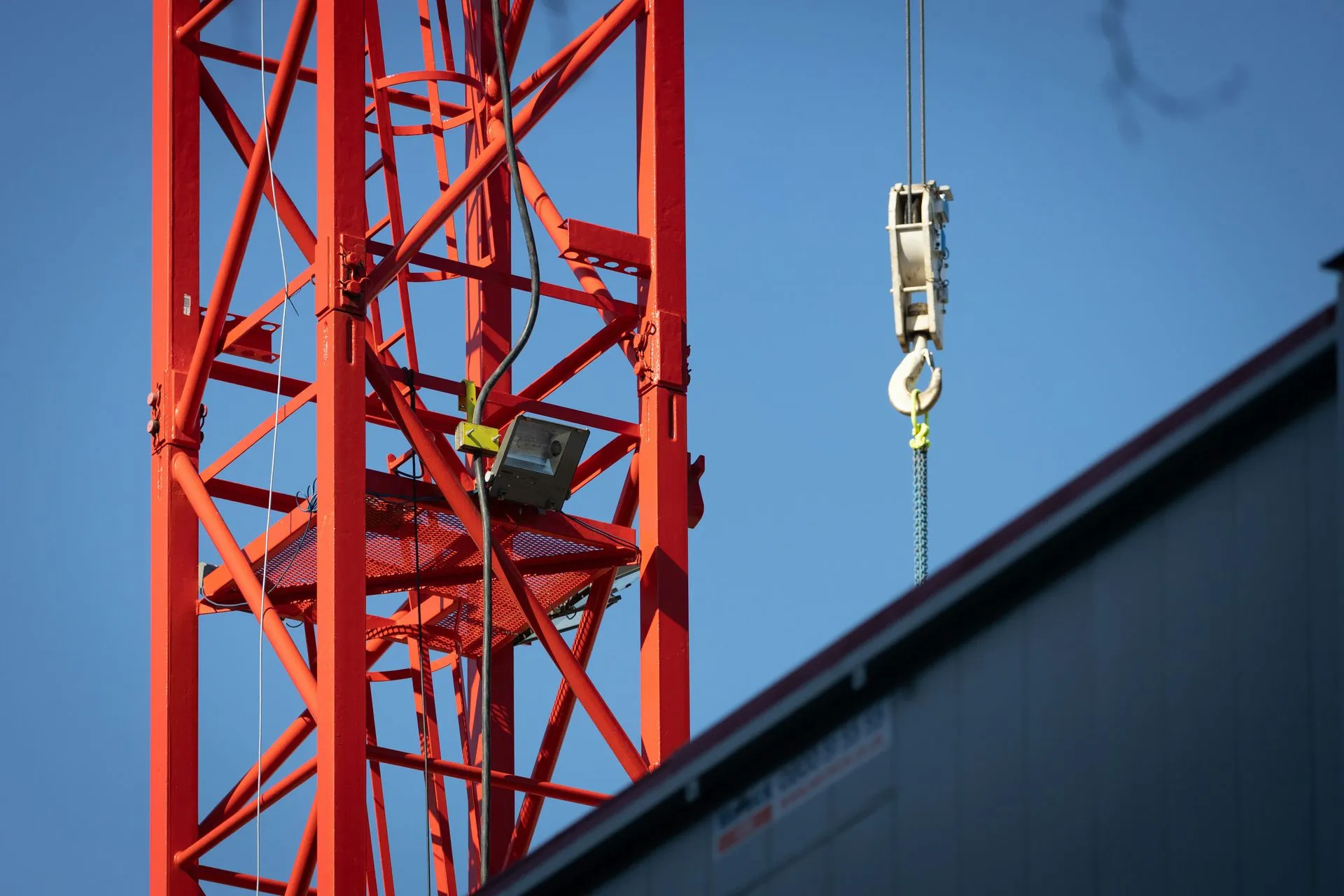
As technology rapidly evolves, installing new machinery in the workplace can bring both opportunities and challenges. Ensuring your workforce is prepared for these changes is crucial for maintaining productivity and staying competitive. Future-proofing your workforce during machine installation involves strategic planning, training, and fostering a culture of adaptability. This blog will explore practical steps to equip your employees for the future.
Understanding the Impact of New Machinery
1. Assessing Technological Changes: Before installing new machines, it’s essential to understand their technological advancements. Evaluate how these changes will impact your organization’s workflows, productivity, and job roles.
Key Considerations:
- Operational Efficiency: Identify potential improvements in speed, accuracy, and consistency.
- Job Redefinition: Determine how job roles might change and what new skills will be required.
- Integration Needs: Assess how the new machinery will integrate with existing systems and processes.
Strategic Workforce Planning
2. Conducting a Skills Gap Analysis: Identify your workforce’s current skills and compare them to the skills needed to operate and maintain the new machinery. This analysis will help you pinpoint areas that require training and development.
Key Steps:
- Inventory Existing Skills: Catalog the current skills and competencies of your employees.
- Identify Future Needs: Determine the skills and knowledge required for the new machinery.
- Gap Identification: Highlight discrepancies between current capabilities and future requirements.
3. Developing a Training Plan: Create a comprehensive training plan that addresses the identified skills gaps. This plan should include initial training for immediate needs and ongoing development to keep pace with technological advancements.
Key Components:
- Technical Training: Focus on operating, maintaining, and troubleshooting the new machinery.
- Soft Skills: Enhance problem-solving, critical thinking, and adaptability skills.
- Continuous Learning: Implement regular training sessions and provide access to resources for ongoing education.
Emphasizing Employee Involvement
4. Fostering a Culture of Adaptability: Encourage a mindset of continuous improvement and adaptability among your employees. This cultural shift can help ease the transition and empower employees to embrace new technologies.
Key Strategies:
- Open Communication: Keep employees informed about the changes and involve them in planning.
- Incentivize Learning: Reward employees who actively engage in training and skill development.
- Promote Innovation: Encourage employees to experiment with new ways of using the machinery to improve processes.
5. Creating Support Systems: Establish support systems to assist employees during the transition. This includes providing access to technical support, creating mentorship programs, and fostering a collaborative environment.
Key Initiatives:
- Technical Support: Ensure that technical experts can assist with any issues.
- Mentorship Programs: Pair experienced employees with those learning to operate the new machinery.
- Collaboration Opportunities: Create forums for employees to share insights and best practices.
Leveraging Technology and Data
6. Utilizing Data Analytics: Leverage data analytics to monitor the performance of the new machinery and the effectiveness of training programs. This data can provide insights into areas for improvement and help tailor future training initiatives.
Key Actions:
- Performance Metrics: Track key performance indicators (KPIs) to measure the impact of the new machinery.
- Training Effectiveness: Use data to assess the success of training programs and identify areas for enhancement.
- Predictive Maintenance: Implement data-driven maintenance schedules to prevent downtime and extend the lifespan of the machinery.
Planning for Future Upgrades
7. Preparing for Future Technological Advances: Technology will continue to evolve, and preparing for future upgrades is essential. Develop a long-term strategy for continuous improvement and innovation.
Key Steps:
- Stay Informed: Keep abreast of industry trends and emerging technologies.
- Flexible Training Programs: Ensure that training programs are adaptable and can be updated as new technologies are introduced.
- Long-Term Partnerships: Partner with technology providers and industry experts to stay ahead of advancements.
Future-proofing your workforce during machine installation is a multifaceted process that requires strategic planning, comprehensive training, and a culture of adaptability. By assessing skills gaps, developing robust training plans, and leveraging technology, you can ensure that your employees are well-prepared to embrace new machinery and the opportunities it brings. This proactive approach enhances productivity and positions your organization for long-term success in an ever-evolving technological landscape.
Investing in your workforce is investing in your future. Equip your team with the skills and knowledge they need to thrive, and watch your organization flourish as you navigate the challenges and opportunities of technological advancement. Contact us today to learn how we can support your machine installation and workforce development needs.
Newsletter
Don't miss a thing!
Sign up to receive daily news
Recent Posts
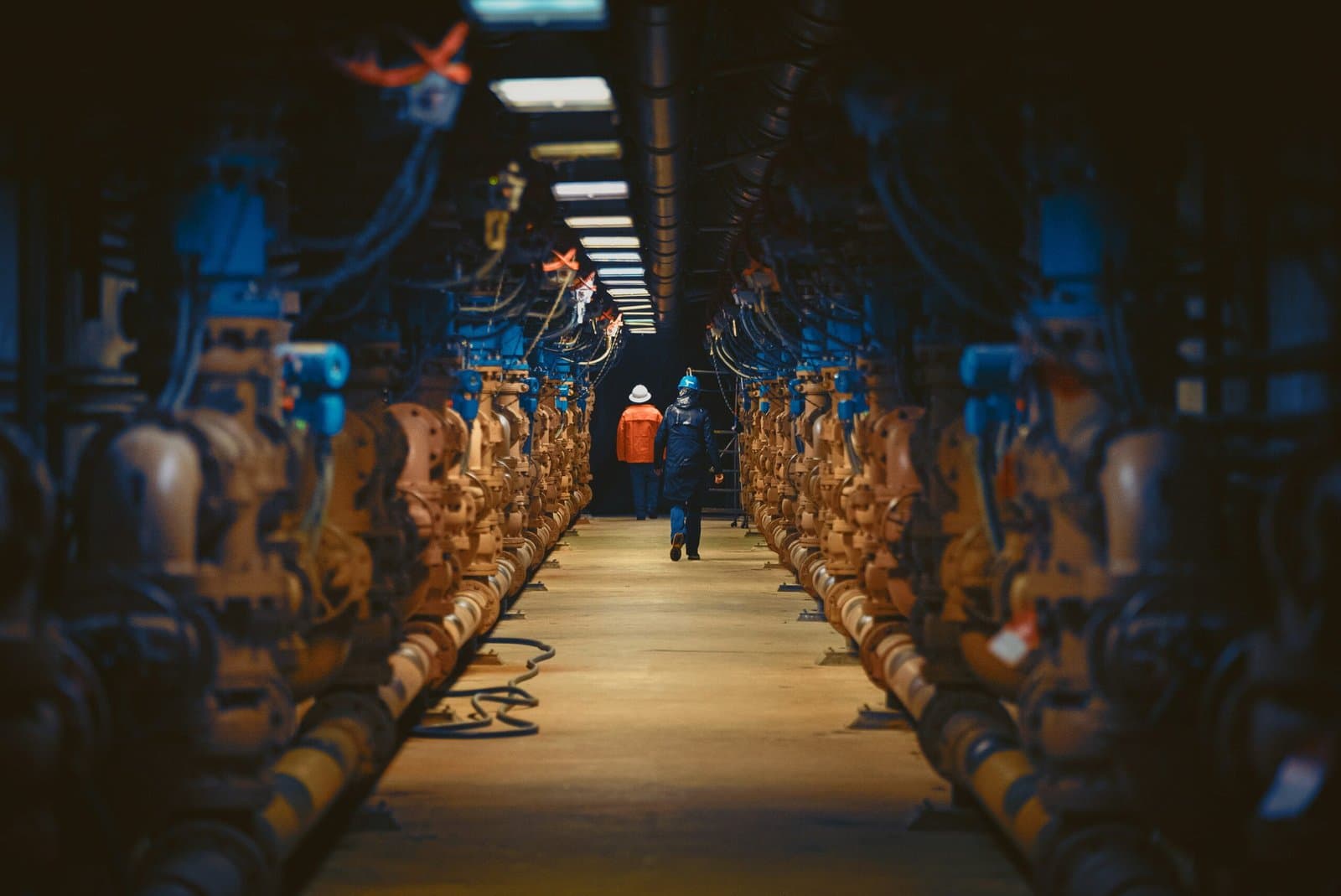
august 30, 2025
Decommissioning a Facility: How to Turn It into a Profitable Venture
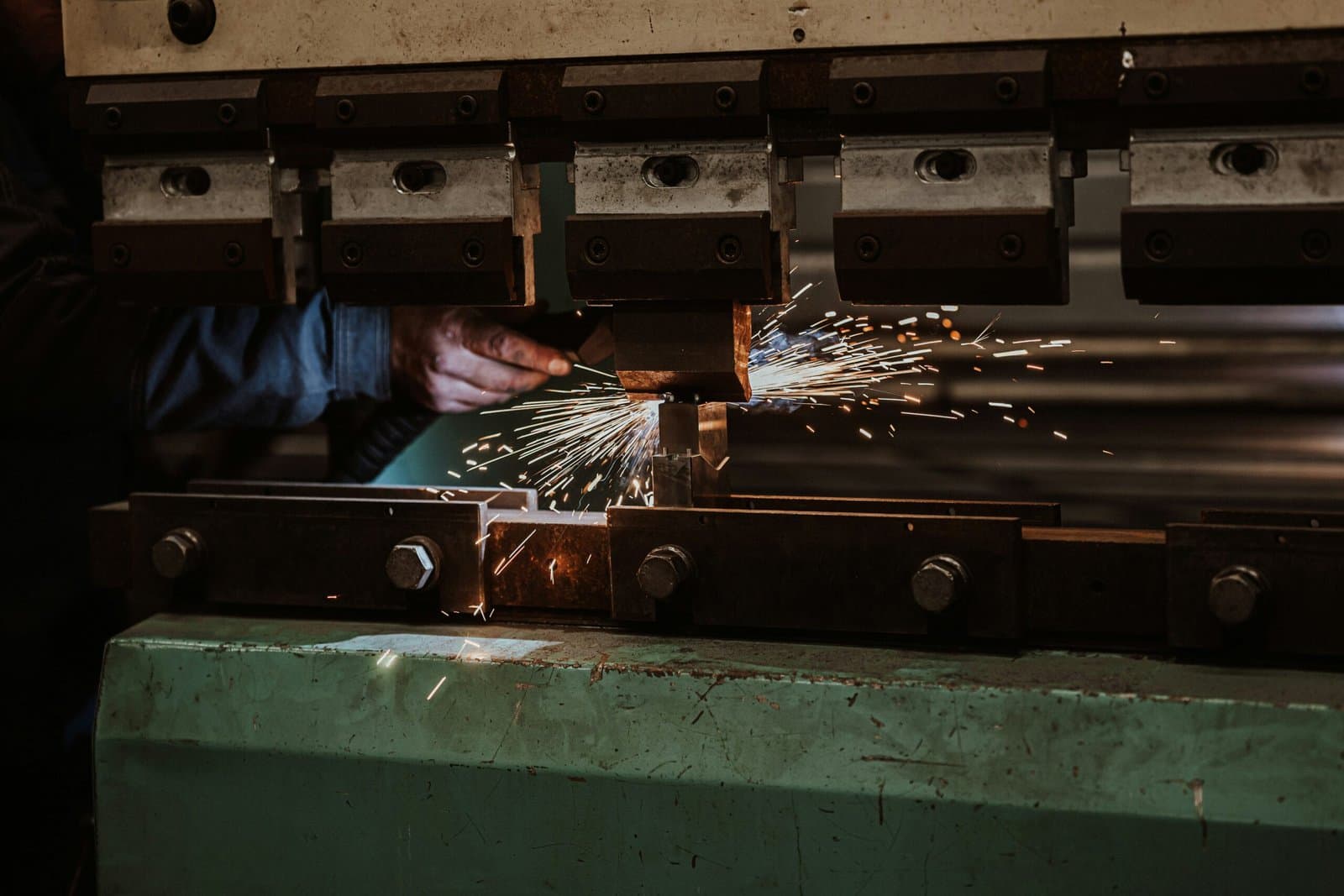
august 25, 2025
Hydraulic Press Maintenance 101
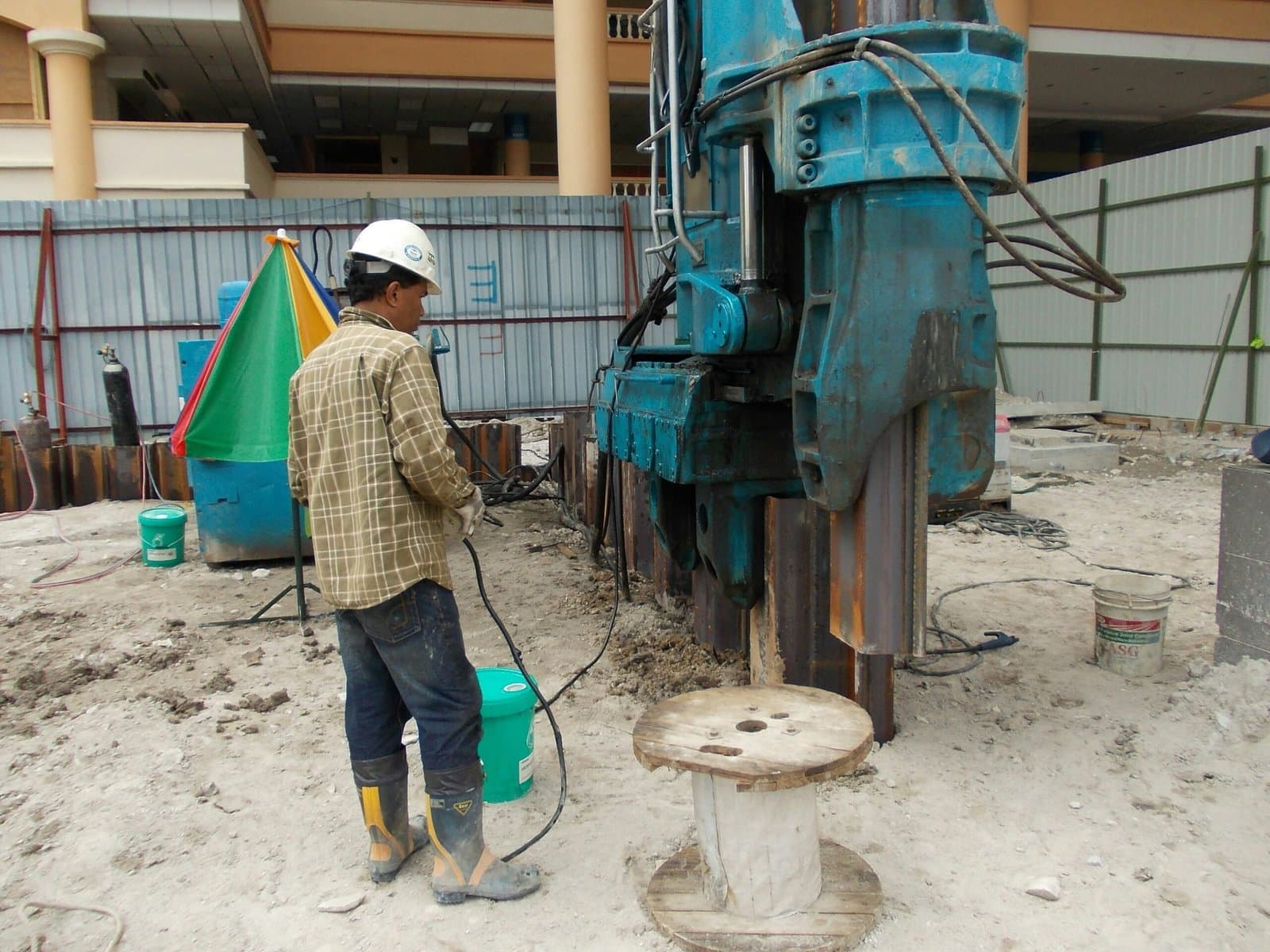
august 18, 2025
Rigging Machinery: The Challenge of Moving and Installing Outdated vs. Modern Equipment
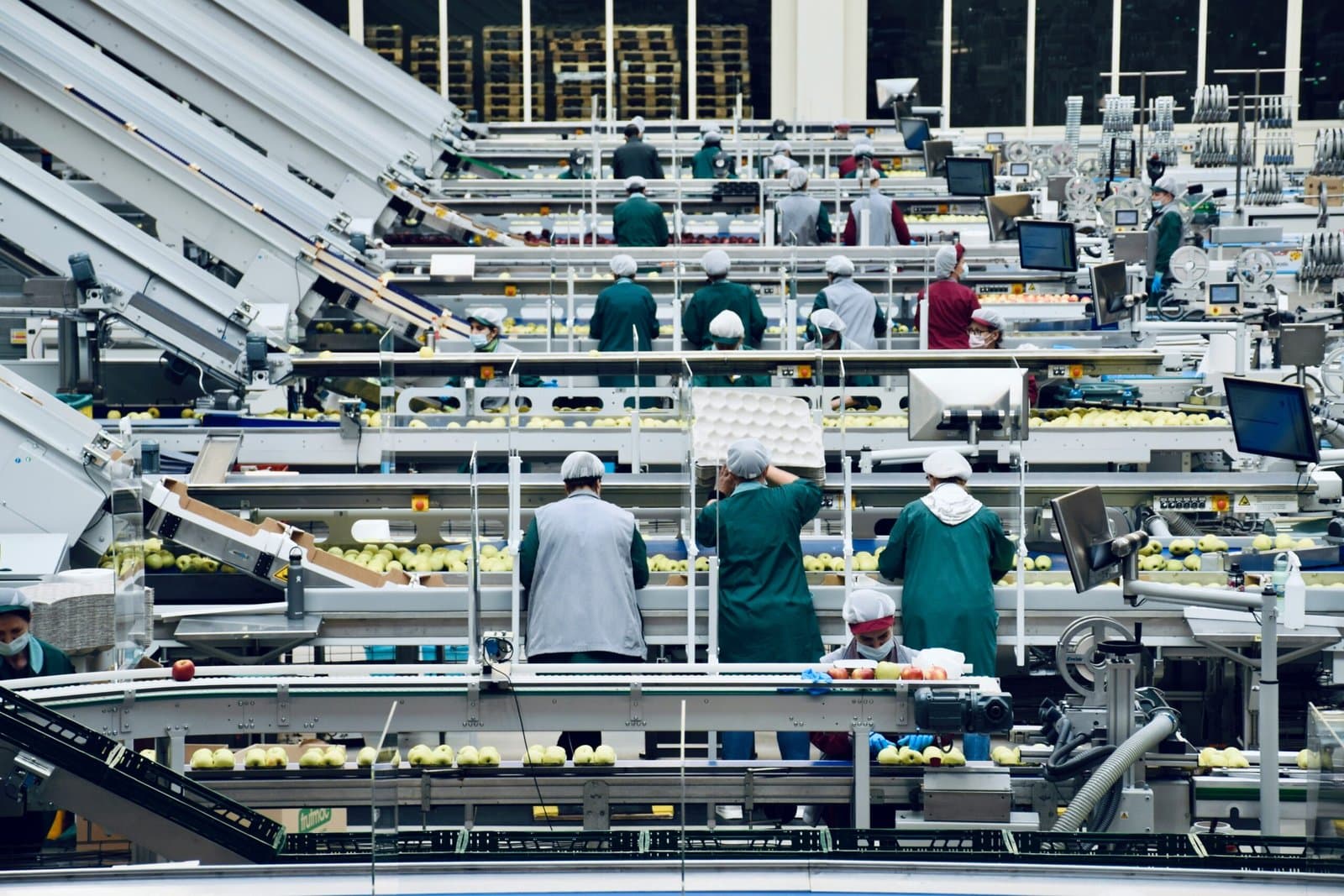
august 16, 2025
Conveyor System Maintenance: 5 Early Warning Signs of Failure
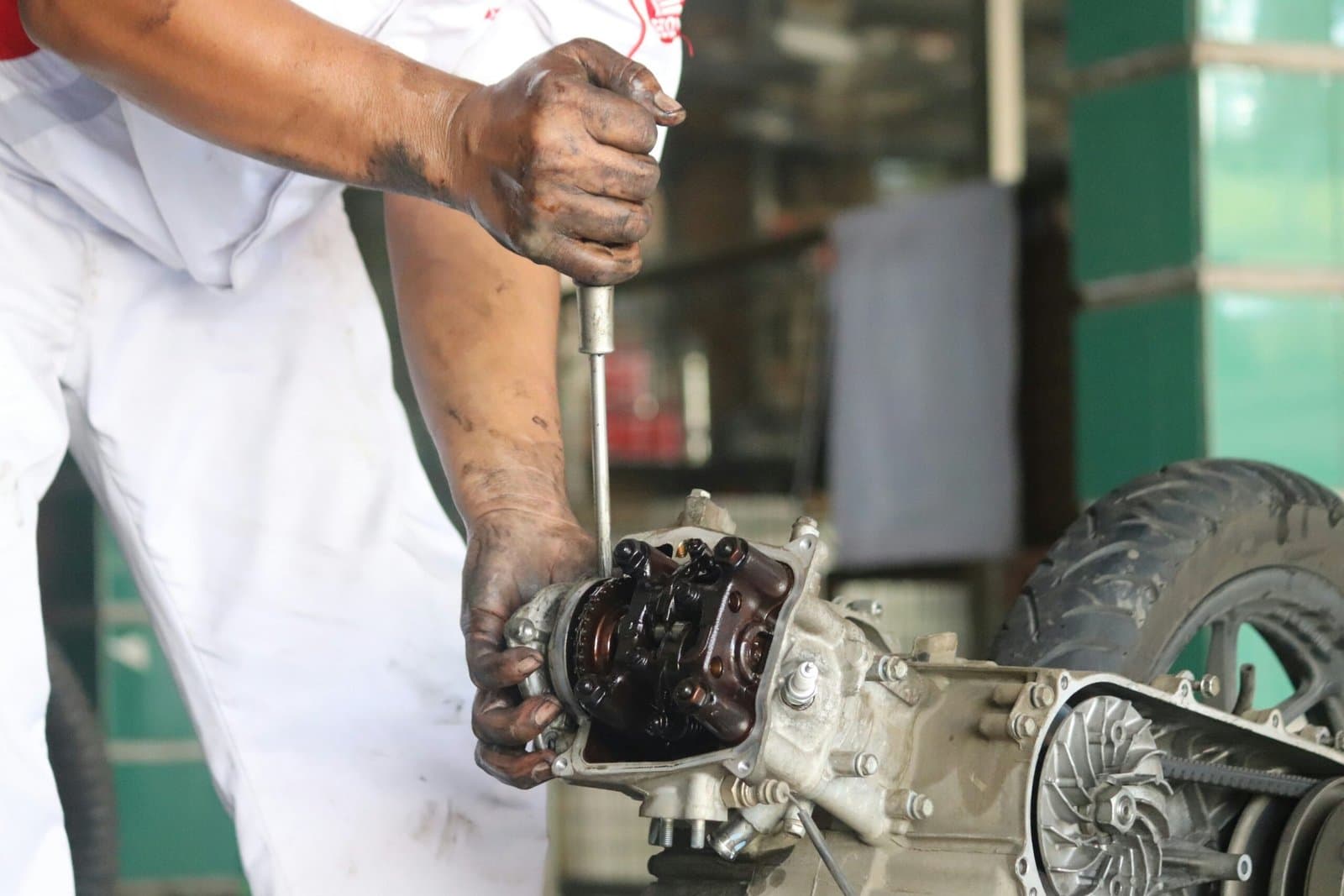
august 14, 2025
Predictive Maintenance: The Smarter Alternative to Costly Reactive Repairs
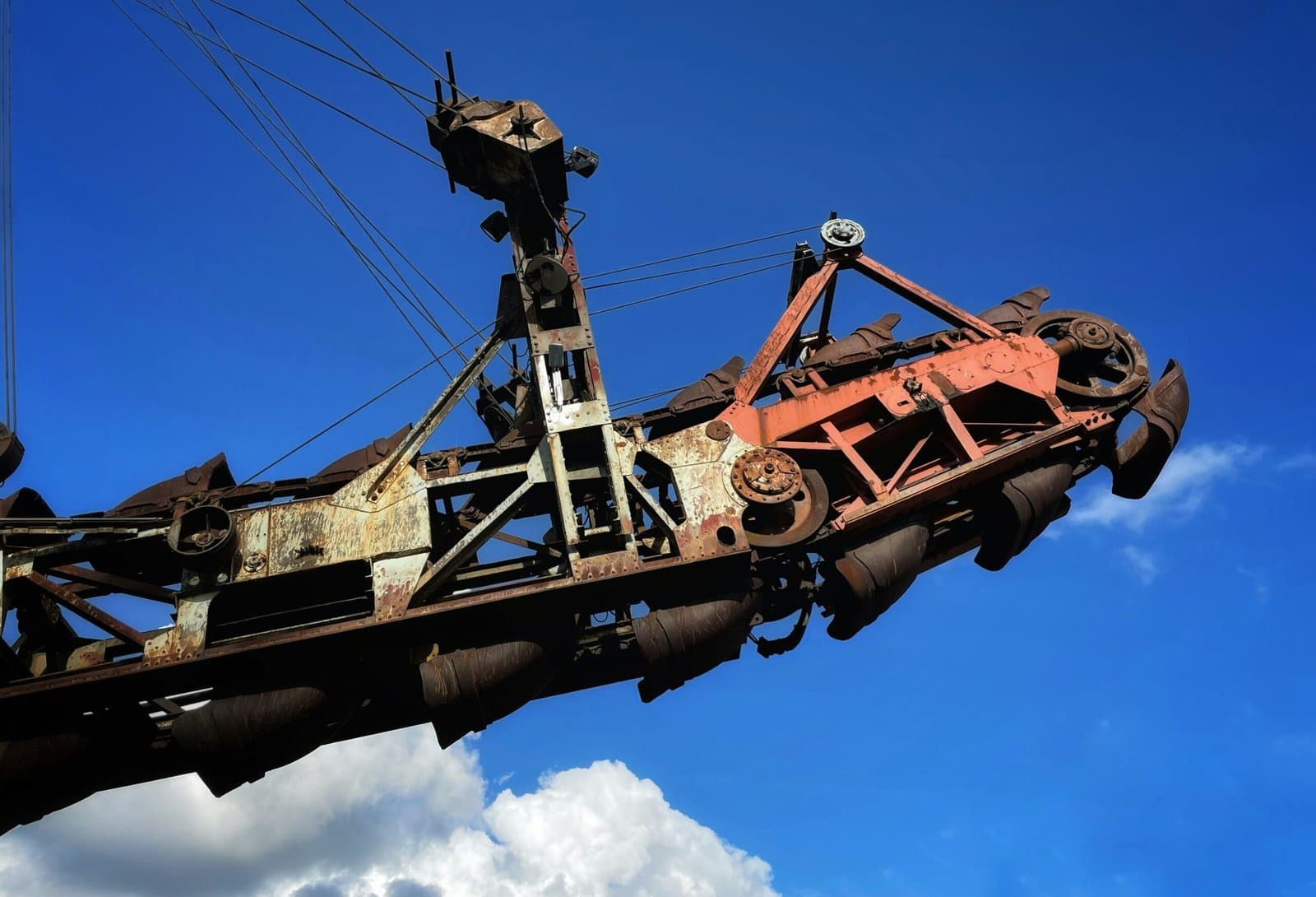
august 11, 2025